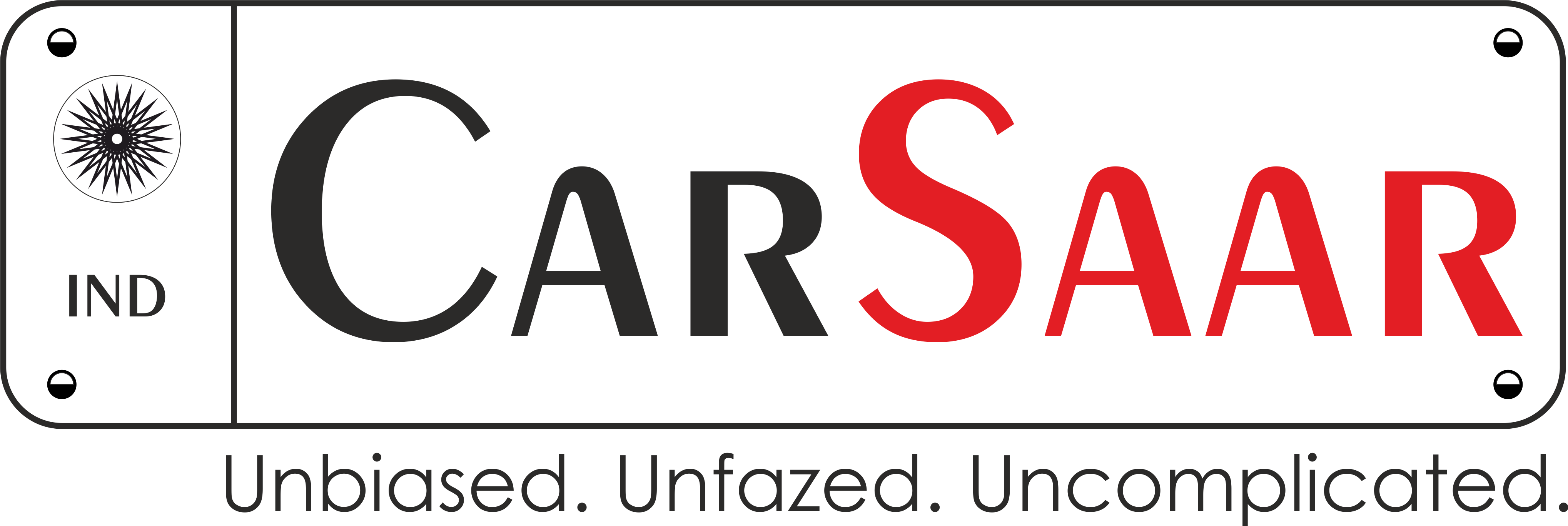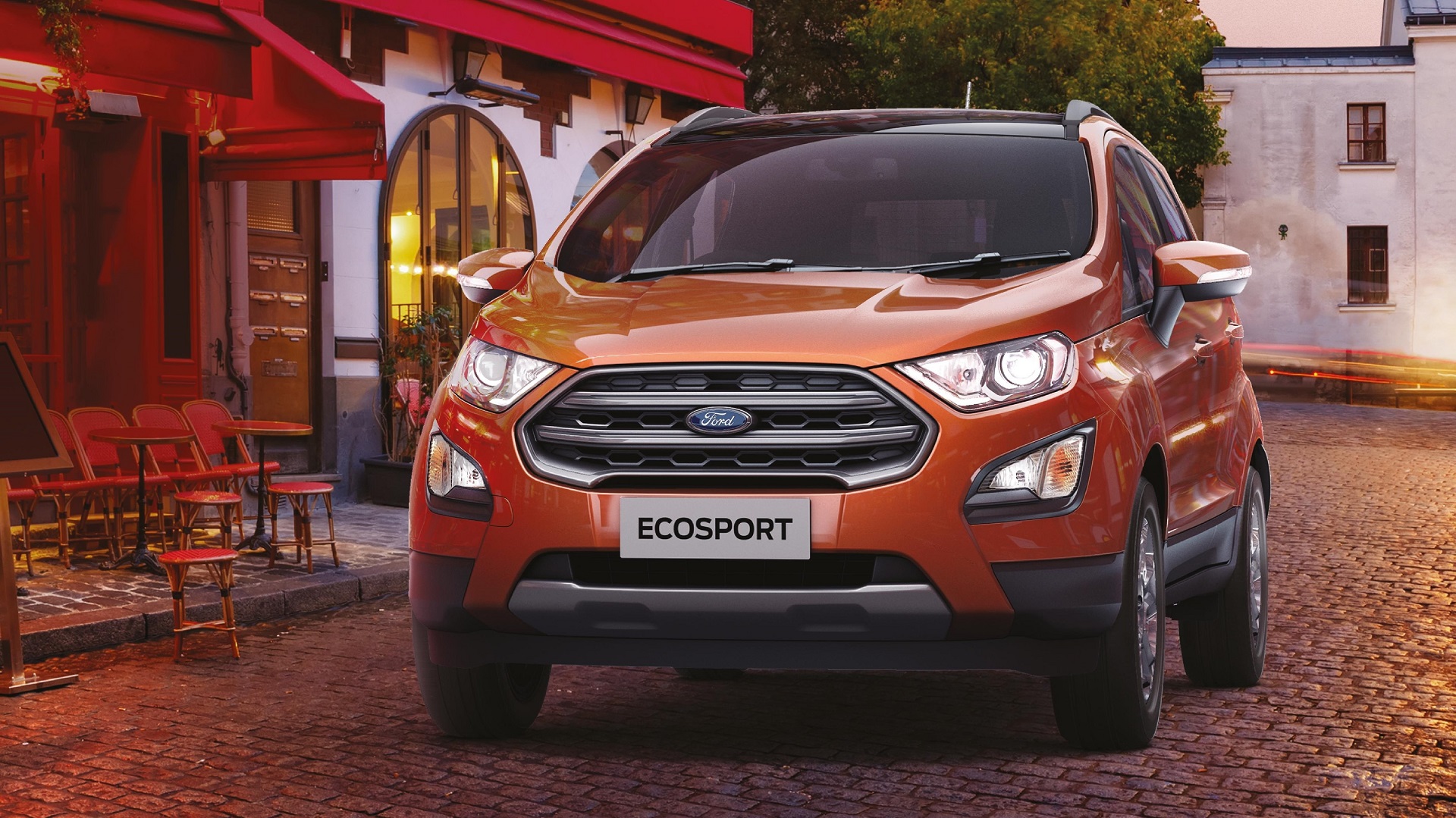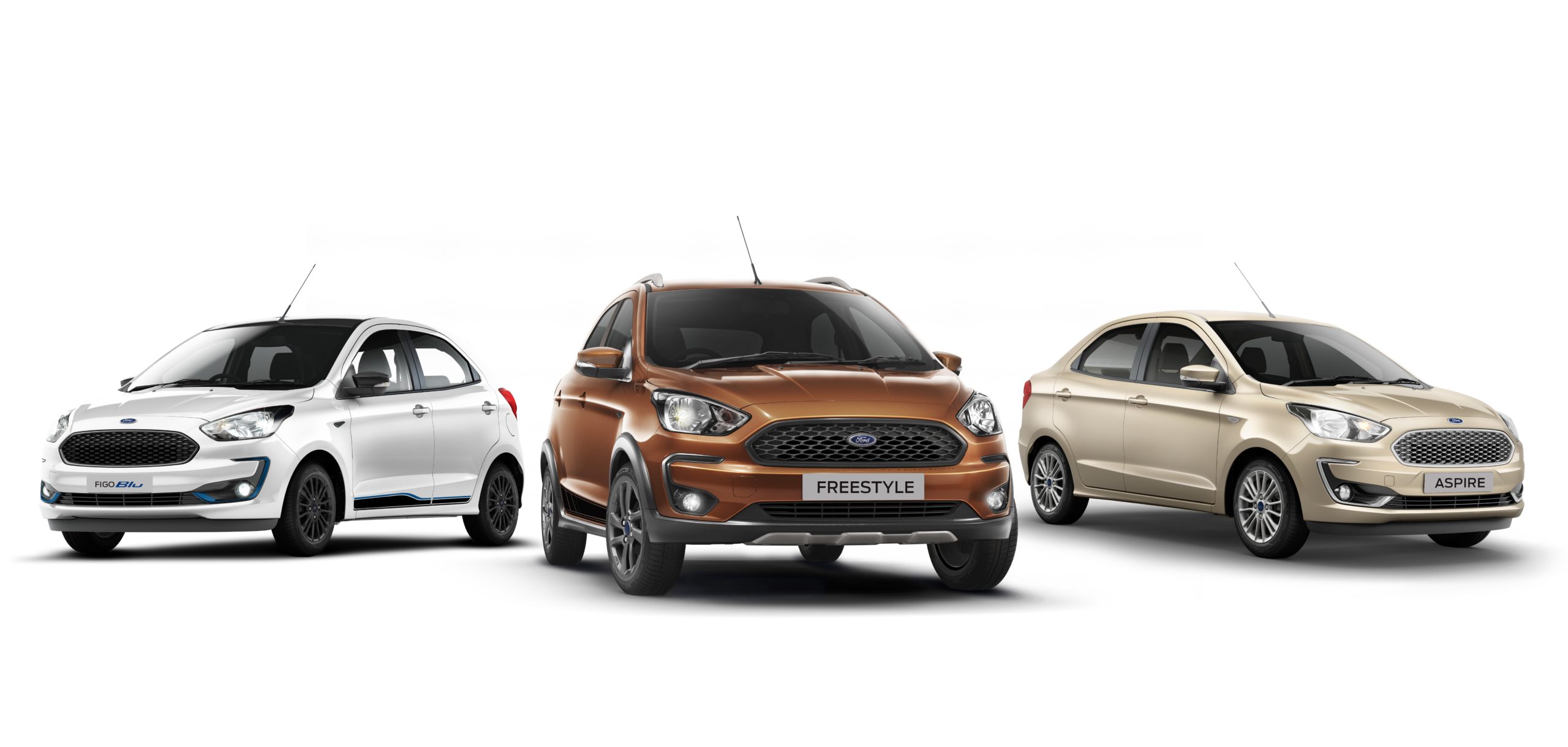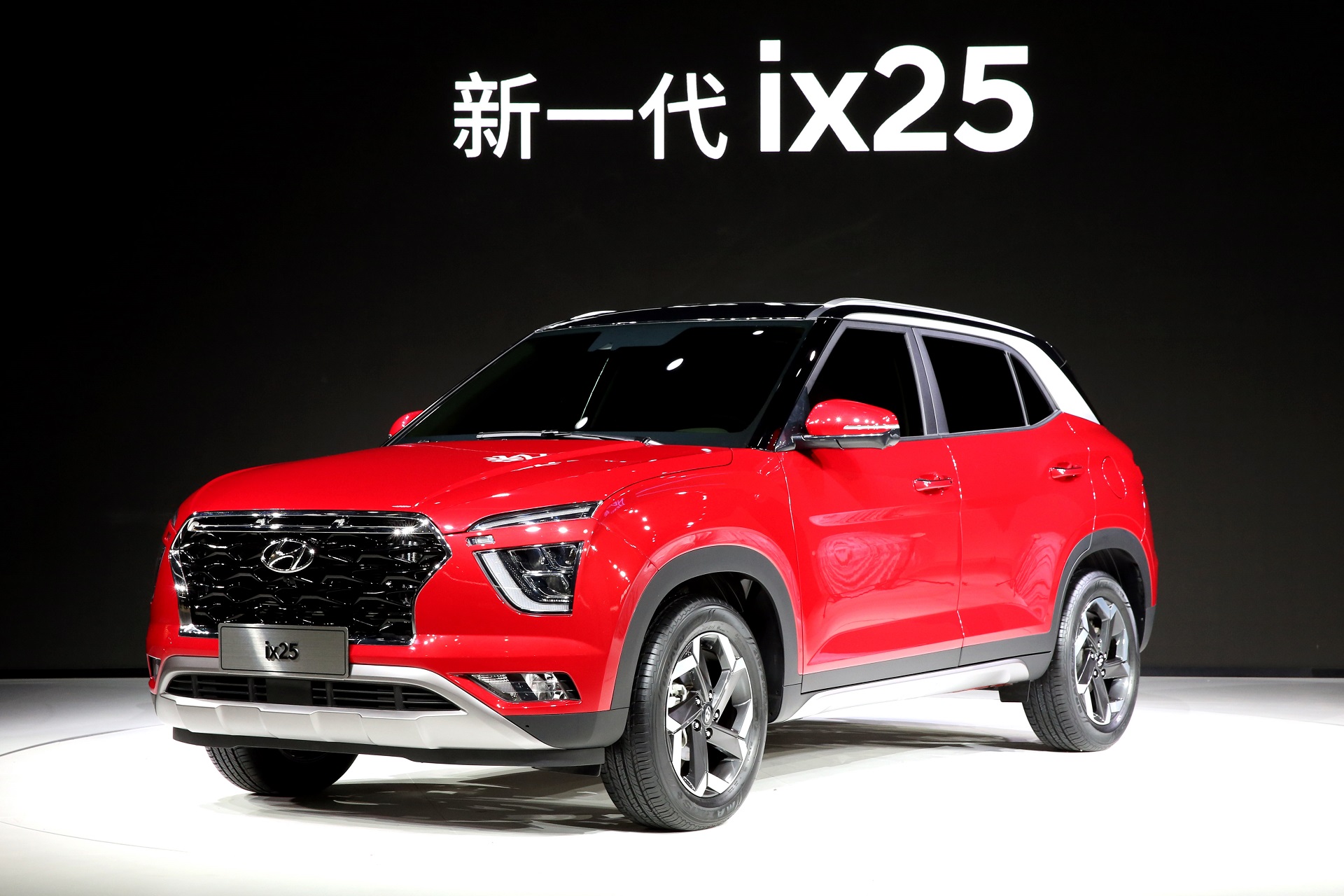Saar: Apart from subtle styling changes, it gets a new 2.0-litre EcoBlue engine in two tunes.
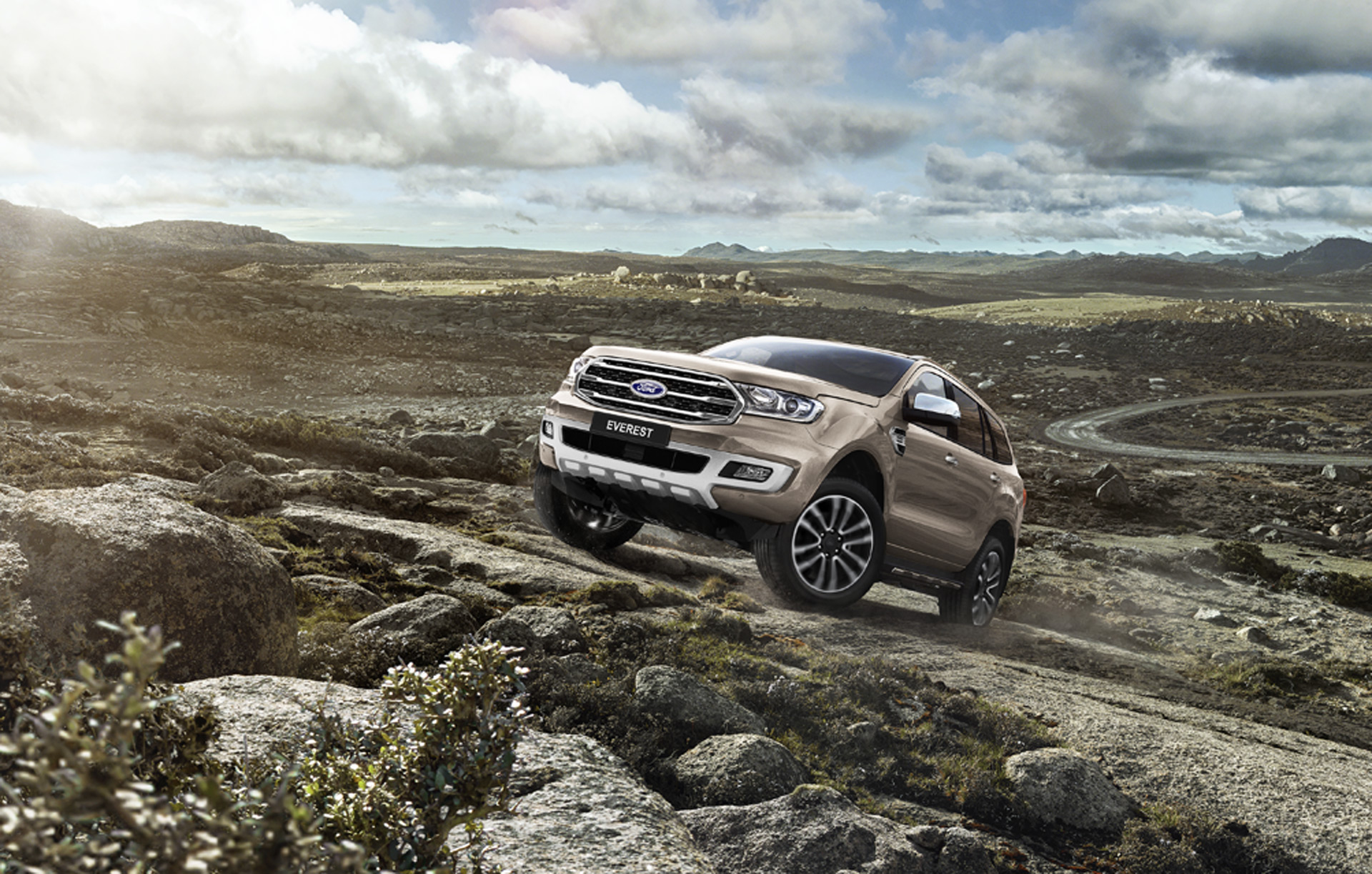
After unveiling the mid-life update of the Everest in May 2018, Ford has now officially launched it in Thailand. To us lot, it will become the Ford Endeavour facelift which should launch in the first half of next year. If you are trying to find out what’s new in the refreshed version of the seven-seater people carrier by just looking at it, you are straining your head for a very few minute changes.
Ford fans must have figured out that the grille is slightly different than what is offered in the outgoing model. What’s more, the lower half of the front bumper, the section that surrounds the fog lamps and blends into a front splitter, has been reworked. Other than those changes, Ford has also equipped the Everest with a new set of alloy wheels. However, we have our doubts about whether they will be offered in India. The rest of the styling remains identical.
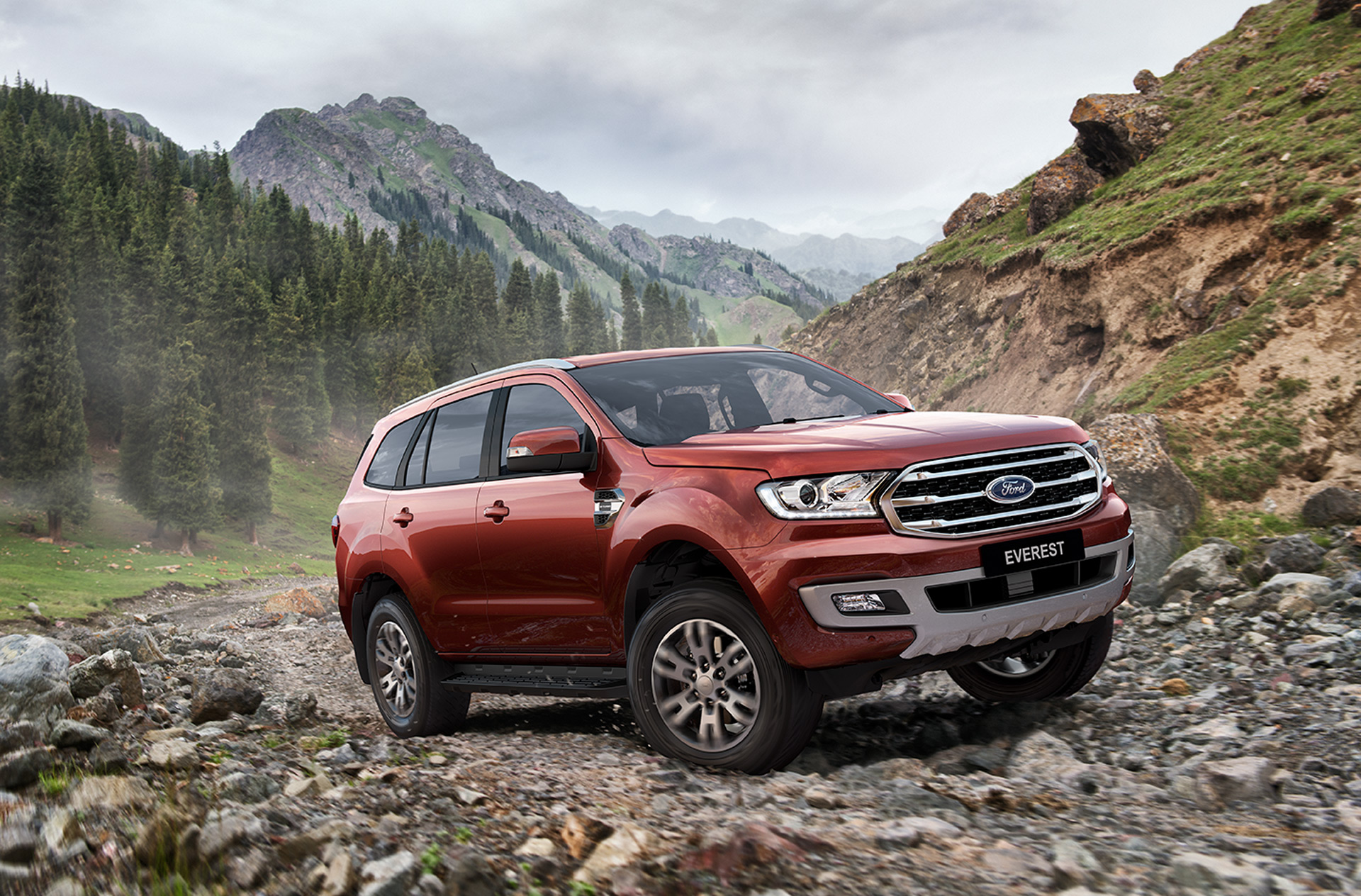
Inside the cabin, the Ford Everest gets SYNC3 infotainment system with Android Auto and Apple CarPlay connectivity, and push-button start on all variants. In India, Ford offers the SYNC3 on all Endeavour variants. With the Everest facelift, Ford has also upped the safety quotient. In addition to the features like seven airbags, hill start assist and traction control, the SUV is now offered with autonomous emergency braking (AEB) and vehicle and pedestrian detection systems. We won’t get either of those on our shores. Other safety features like adaptive cruise control, lane keeping system and blind spot detection system with rear cross-traffic alert are present in Everest’s recipe in Thailand but will be absent for us in the Endeavour facelift. Such a shame!
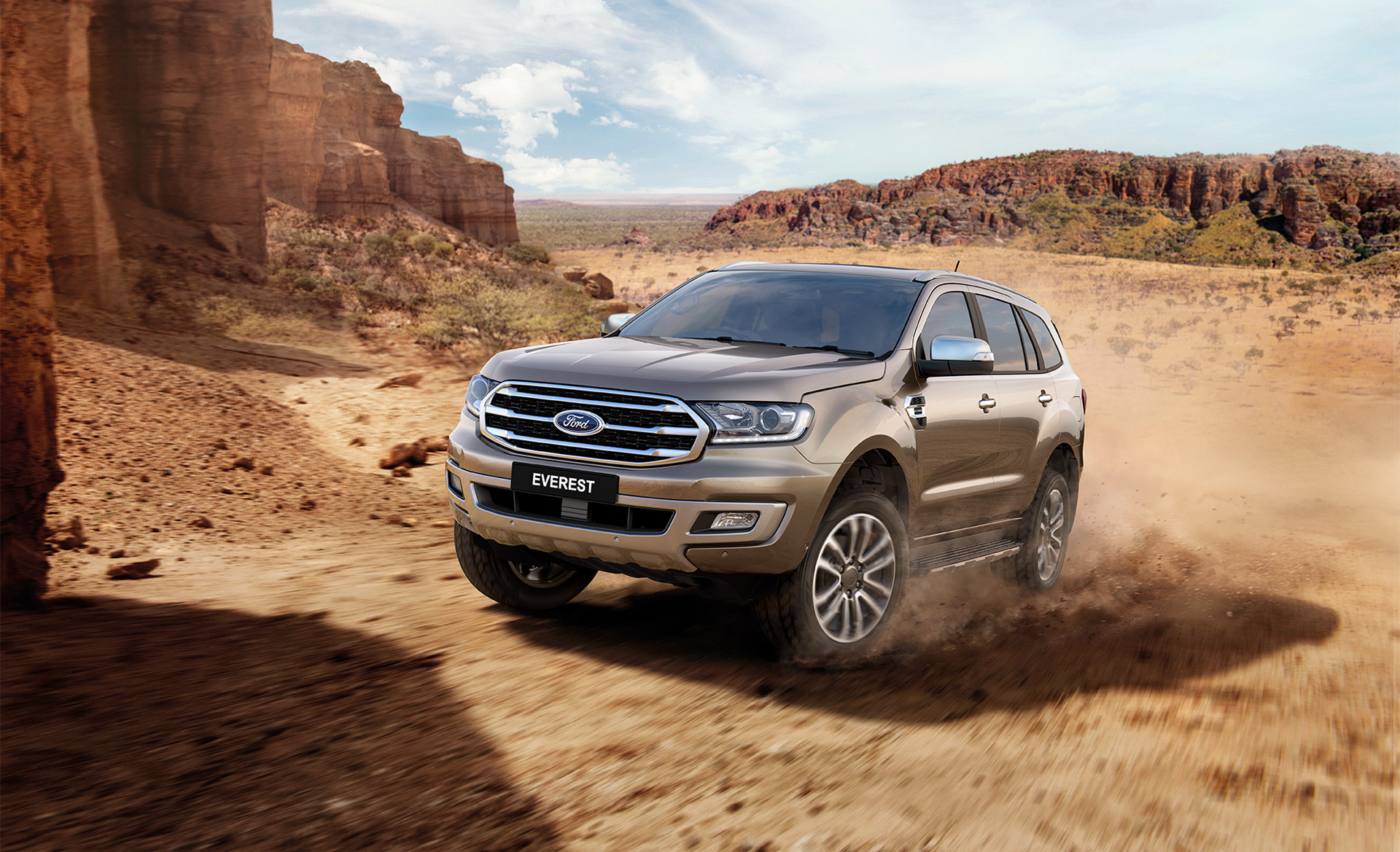
Anyway, the biggest change is under the hood. In Thailand, the Everest facelift goes on sale with a new 2.0-litre EcoBlue diesel engine. It is available in two states of tune – 182PS/420Nm (single-turbo) and 215PS/500Nm (twin-turbo) – and will be offered with a new 10-speed automatic transmission. For India, Ford is expected to continue with the same set of engines, a 2.2-litre 4-cylinder and a 3.2-litre 5-cylinder, both of which are turbo-diesels. That said, Ford will also have to make the Endeavour’s powerplants efficient enough to pass the BS-VI emission norms, which will be implemented in 2020.
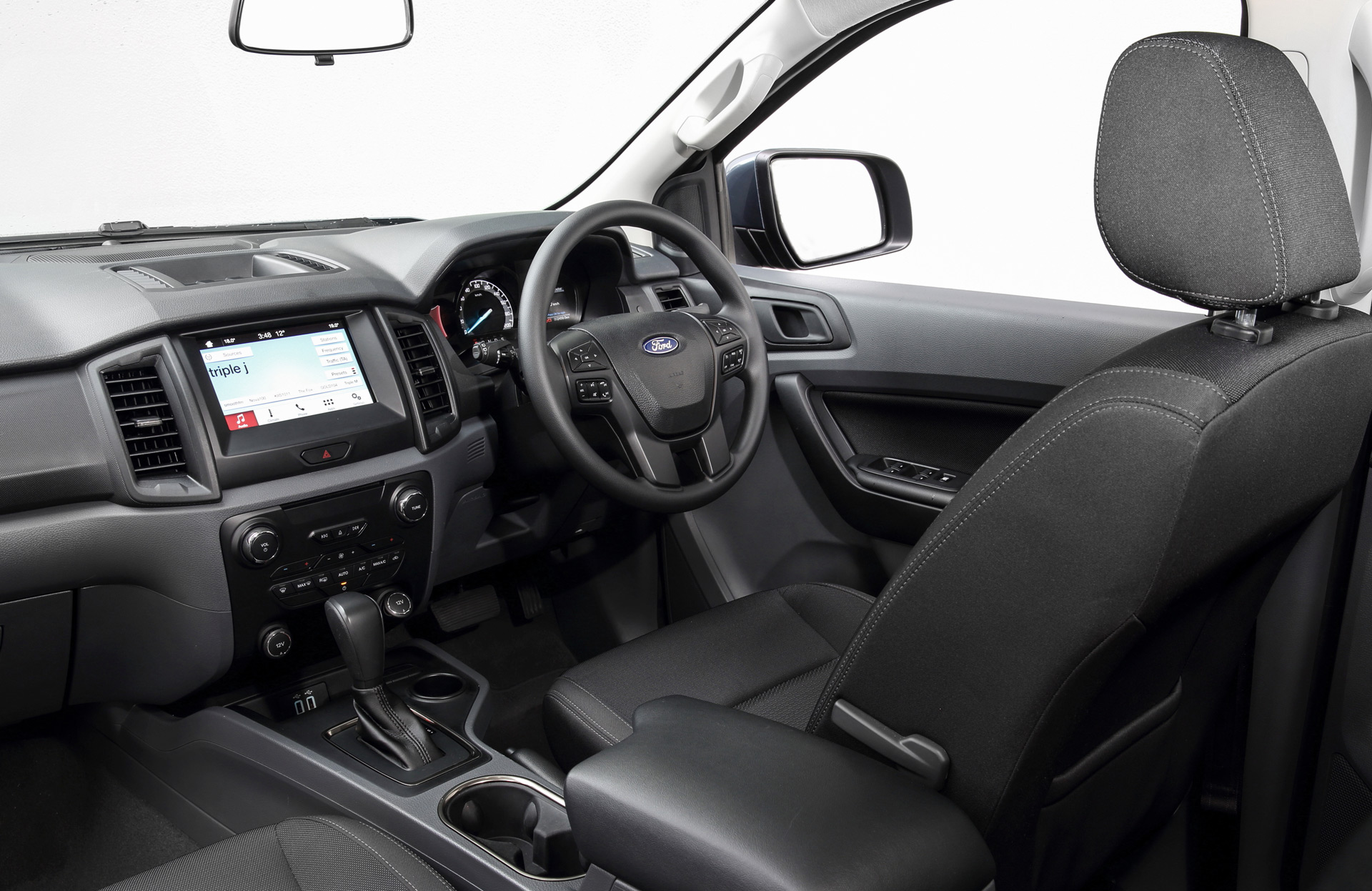
The Ford Endeavour in India has always had one formidable rival – the Toyota Fortuner. For the majority of the time, the Japanese product has been the king of the segment. And it is also available with a petrol engine. Ford India will be hoping to pile on more pressure on its rivals with the Endeavour facelift. Other contenders in the same price bracket include the two Mitsubishi products – Pajero Sport and Outlander and the slightly reasonable Isuzu MU-X. More SUV options in the same space include the Skoda Kodiaq and the Volkswagen Tiguan.

